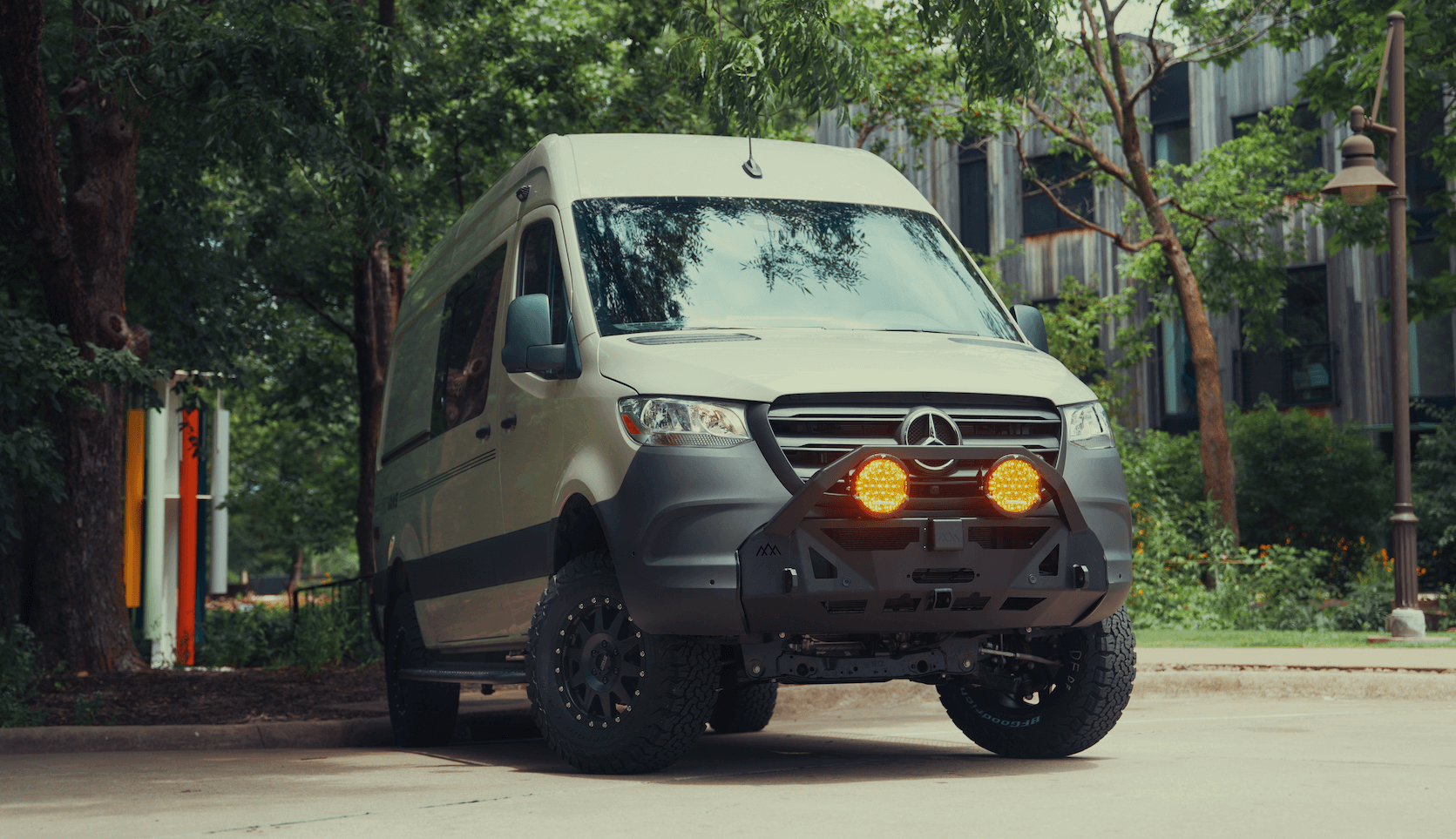Recreational Vans

Vans carry weight and wind profile, so traction fades faster on mud, snow, and sand. A winch system for van travel provides steady, linear pulling that does not rely on wheel spin. Unlike a tow strap yank that can shock load components, a winch can inch a heavy rig forward while the driver steers and manages obstacles. This controlled movement protects driveline, steering parts, and tie down points. The winch also doubles as a utility tool for clearing branches, straightening bent metal on remote trips, and positioning trailers on tight campsites.
Front mounts handle most recoveries because you want to pull toward clear ground. A rear receiver mount offers flexibility for backing out or moving trailers. Some travelers carry a multi mount winch that slides into either receiver with a quick power plug. The tradeoff is extra weight and setup time. Permanent front installs integrate better, keep the line path clean, and allow one person operation with a wired or wireless controller.
Start with total mass. Multiply gross vehicle weight by 1.5 as a baseline pull rating. A lightly built midsize van may manage with an 8 to 10 thousand pound unit, while high roof diesel vans with armor, water, and gear often warrant 12 thousand or higher. Line speed matters when you need to reset often on a long pull, while duty cycle and motor cooling matter on heavy pulls in hot weather. A higher capacity winch with a lower gear ratio typically runs cooler and lasts longer under sustained load.
Published ratings assume the first wrap on the drum. Each added layer reduces effective pull. If you routinely anchor close to the van, you will be on outer layers and produce less force. Carry an extension line so you can rig farther out, peel down to lower layers, and regain rated pulling power. Keep the drum at least five wraps engaged for safety.
Synthetic rope is light, easier to handle, and safer if it parts, while steel cable resists abrasion and heat better around sharp rock or hot brake rotors. Choose a fairlead to match the line type. Add a soft shackle or quality bow shackle, a tree saver strap to protect anchors, a snatch block for mechanical advantage, and a line dampener. Gloves, a recovery blanket, and a radio for driver spotter comms round out the kit.
A van bumper or hidden cradle must be rated for winch loads and tie into the frame rails with reinforcement. Receiver mounts should use class appropriate hardware and anti wobble support. Keep the winch drum centered and the fairlead aligned to prevent side loading. Verify approach angle and cooling airflow so the install does not create new trail problems.
Use dedicated power leads with correct gauge wire and high quality lugs. Route cables away from heat and moving parts, and protect with abrasion sleeving. Many builds use a main disconnect or marine grade breaker near the battery. A wired controller is reliable in weather, while a sealed wireless remote adds convenience. Isolate control wiring and ensure clean grounds to prevent intermittent operation.
Before recovery, clear the path, set chocks if needed, and keep bystanders out of the line of fire. Anchor to live trees with a tree saver, use straight pulls when possible, and add a snatch block to halve the load and improve line angle. Keep hands off the fairlead during spooling. After trips, rinse mud, inspect rope or cable for abrasion, check fasteners, and cycle the winch under light load to keep internals lubricated.
A well designed winch system for van travel is more than a bolt on. Fabrication, power planning, and testing under load ensure the rating on the box shows up on the trail. If you want a clean, integrated look with reliable performance, consider a professional install that ties bumper, frame, and electrical together as one system.
If you are planning a broader adventure van build, you can explore platform options and what a complete layout looks like on our recreational vans overview. For fully tailored interiors and integrated recovery systems, review a custom build path. If you prefer a finance friendly platform with practical upgrades, browse mainstream vans to see what fits your timeline.
Ready to spec a winch system for van travel that matches your rig and routes power the right way? Share your platform and recovery needs, and the OZK Customs team will design the mount, wiring, and controls, then walk you through operation at handoff in Fayetteville Arkansas. We build complete adventure vans, partial upfits, and overland upgrades with proven components, clean fabrication, and customer training so you roll out confident.
Ready to equip your van with a pro grade winch system and clean wiring that just works? Tell us about your platform, terrain, and travel style. OZK Customs will engineer the mount, power, and controls, then test everything at handoff. Start your build plan now.
ADDRESS:
6159 E Huntsville Rd, Fayetteville, AR 72701
PHONE:
(479) 326-9200
EMAIL:
info@ozkvans.com